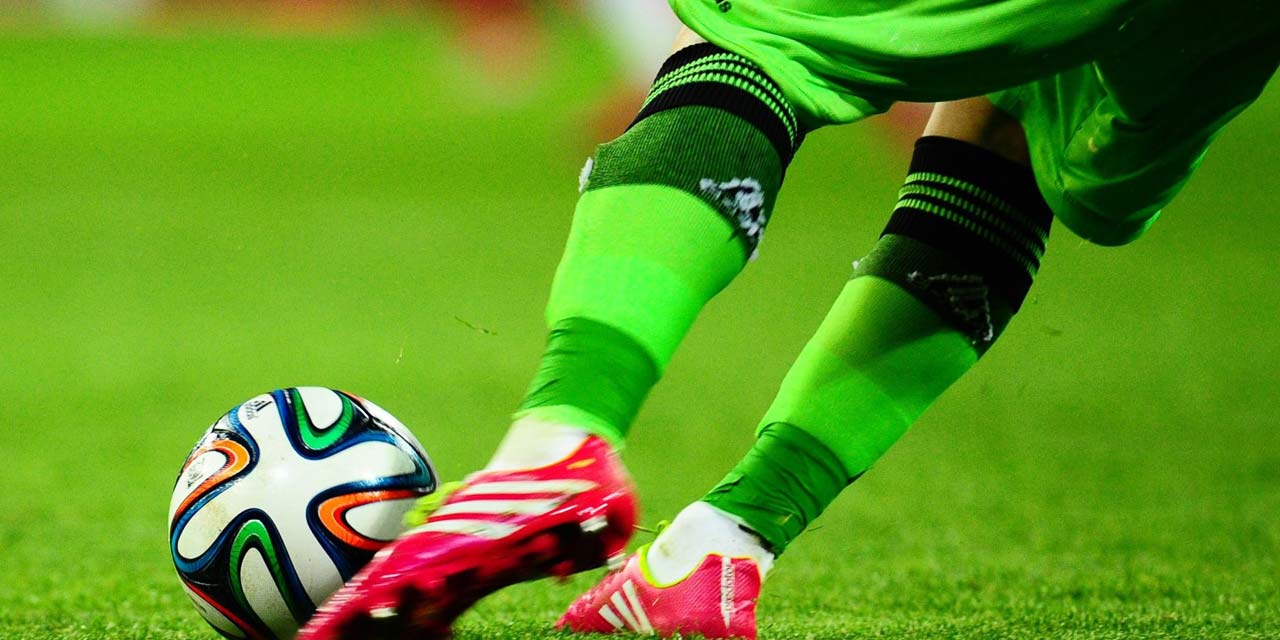Athletic brands are battling for World Cup consumers—that coveted, soccer-loving bunch—before the competition itself has even begun.
The players, their boots and kits will be on display for billions across the globe over a month-long window starting this week. Nike wants to make sure fans notice the swoosh. Adidas? Those three stripes. For Puma, it’s that leaping cat.
“It’s the World Cup. It’s do or die. Win or go home,” said Adidas merchandise manager Peter Hong, alluding to more than the on-field competition in Brazil.
The result is going to be an all-out blitz of advertising, social media, personalities and product that goes far beyond simply selling jerseys and cleats.
Nike is betting on its stable of stars and a good showing by Brazil. Adidas has the tradition, and they are the official World Cup sponsor through 2030. Puma wants you to remember the boots themselves, putting players on the pitch with different colours on each foot.
Nike is the world’s top athletic footwear, apparel and equipment company, but second-ranked Adidas has always held tightly to the overall soccer market.
In recent years, Oregon-based Nike has unabashedly challenged its German rival in the sector and hit nearly $2 billion in soccer-related sales last year. Adidas’ sales last year were estimated at about $2.4 billion, but the company is already experiencing a World Cup bump that the company hopes will push it to a record $2.8 billion.
Soccer has always been Adidas’ baby: founder Adi Dassler made the company’s first pair of soccer boots in 1925.
As World Cup sponsors, Adidas has designed the ball for each one of the tournaments since 1970. This year’s multicolored edition is called Brazuca, which, according to Adidas, has already well surpassed sales of the Jabulani ball from the last World Cup by 30%.
Nike only entered the soccer market in 1994. The company has become increasingly adept at getting its name out there without being an official sponsor. Its latest campaign focuses on stars—most notably Cristiano Ronaldo—without ever mentioning the words “World Cup.”
“Although we’re not a sponsor of the World Cup itself, we connect where it matters—by partnering with clubs, federations, and elite and everyday players,” said Nike’s Dermott Clearly, global vice-president and general manager for soccer. “Ten teams at the tournament will wear Nike on the pitch in Brazil, including the hosts, along with hundreds of the players who will wear Nike boots. We’re confident we will stand out on and off pitch better than any other brand.”
Ronaldo is considered the most marketable soccer player in the world, according sports marketing research firm Repucom. Globally, he has an astounding 83.87% name recognition. Lionel Messi, who is sponsored by Adidas, is number two. Overall, Nike has six of the top 10 most marketable players, Adidas has three and Puma has one.
As for the jerseys, Nike has designed the kits of 10 of the 32 national teams playing in the World Cup, more than ever before—and one more team than Adidas. Puma has eight teams.
Adidas has unleashed its appropriately named World Cup “Battle Pack,” four different boots that serve different types of athletes, adorned in black-and-white print with yellow-orange stripes. Messi’s F50 has special Argentina blue highlights.
Nike recently unveiled unusual new Mercurial and Magista boots using the company’s ultra-lightweight fly-knit technology that basically look like socks with cleats attached. Ronaldo is going to wear the Mercurial Superfly.
Puma has only about 8% of the global soccer market, but that hasn’t stopped the German company from trying to make its own splash at the World Cup. It has a number of its athletes, including Spain’s Cesc Fabregas and Italy’s Mario Balotelli, wearing Puma Tricks, one pink shoe and one blue shoe.
Adidas has the most to lose, but its push for soccer domination won’t end when the World Cup is over: the company is already looking ahead to the women’s World Cup next year in Canada.











